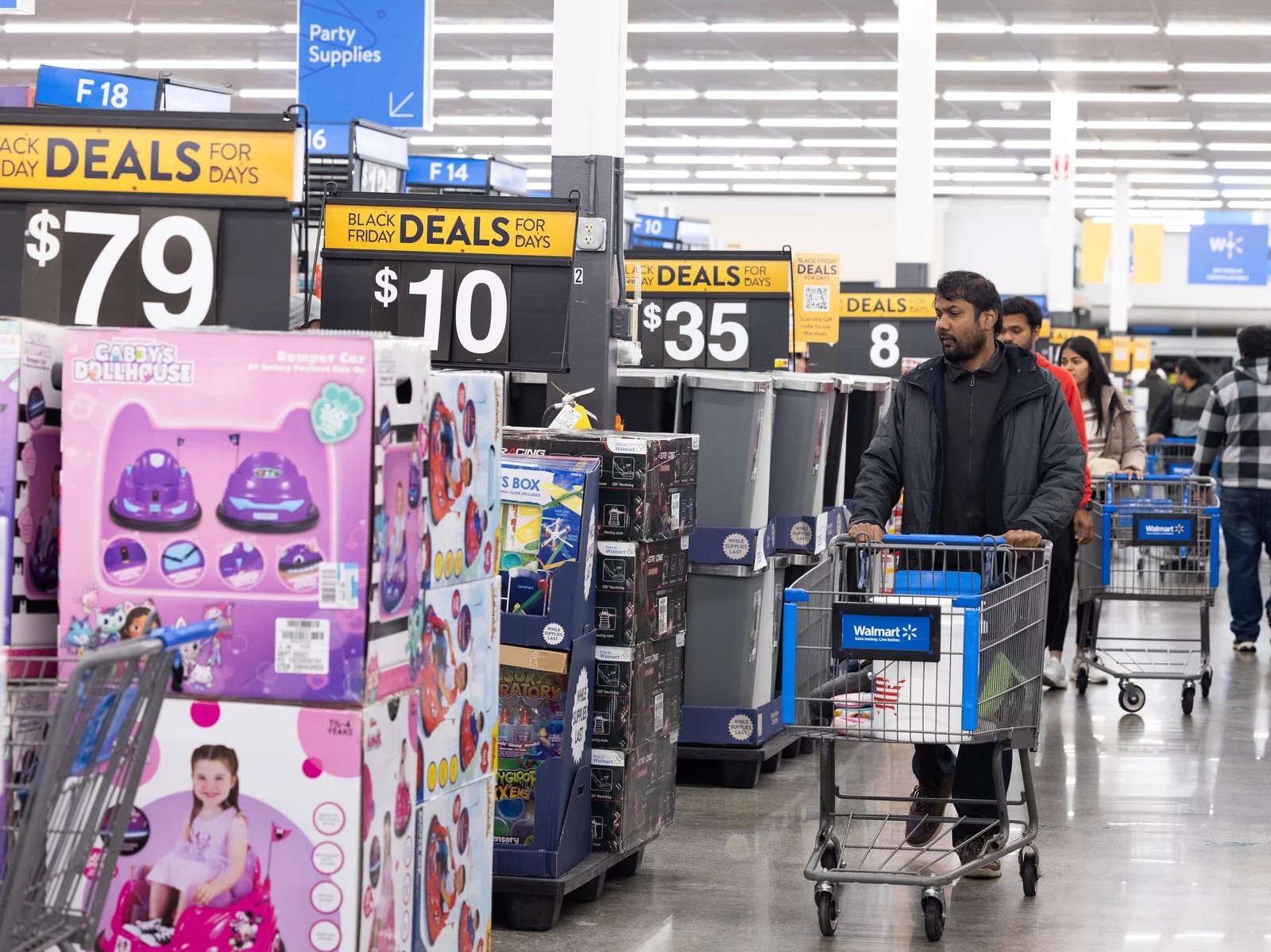What the last Black Friday tells us about the future of consumption amid a recession
What will the U.S. economy look like in the near future?
It’s a question that is currently influencing the way people across the globe are approaching spending, primarily due to the uncertainties that followed supply chain disruptions and rising prices due to the COVID-19 pandemic. As evidenced by history, if the U.S. enters a recession, many of the world’s economies will likely bear the aftershocks.
During the past few months, we have seen retail sales fall in numerous industries in the U.S., highlighting the fact that high prices for necessities like food may be affecting how consumers approach shopping during the holiday season. This lack of consumer spending indicates that we may be heading towards a recession. However, nearly 200 million Americans shopped during the Thanksgiving weekend, which includes Black Friday, giving us grounds to believe that the recession may not be as bad as various media sources claim.
Black Friday, the day after Thanksgiving in the United States, is known for its heavy discounts and promotions, drawing in large crowds of shoppers looking for deals. In 2022, the shopping event was expected to continue its trend of strong consumer spending, despite the ongoing economic uncertainty caused by the COVID-19 pandemic. For decades, economists have viewed Black Friday as a relatively accurate measure of consumer confidence within economies as they believe that rapid consumer spending accelerates economic growth and activity.
This year, most experts were not expecting good news from Black Friday, given high inflation levels. Though surprisingly, sales surpassed their expectations.
What are the trends in the 2022 holiday season?
Major retailers forecasted lower-than-average sales for Black Friday 2022 due to a combination of economic barriers, including inflation and interest rate hikes. Essentially, inflation raises the price of goods for consumers, and high interest rates reduce consumers’ ability to borrow money for spending. Both of these factors rightly made companies believe that profit would be minimal as we head towards a potential recession. However, this was not the case.
Online sales increased by 2.3% from 2021, with an estimated $9.12 billion spent online. This increase is likely because people wanted to avoid waiting in lines but also because consumers find that deals are easier to sort through online, especially at a time when they want to spend consciously. This holiday season, we have also seen U.S. retail sales grow by 7.6% year-on-year, which outperformed what companies such as Mastercard had forecasted for the season. Despite this growth, rocketing inflation and record-high interest rates are evidently affecting consumer confidence considering the increase is lower than 8.1% which was recorded in 2021. Additionally, much of the sales growth in the US is due to price increases rather than increased sales of output, according to the managing director at the GlobalData consultancy Neil Saunders.
Another factor that likely contributed to this sale growth is that retailers were offering deeper-than-usual discounts to clear out excess inventory resulting from the pandemic and low overall consumer confidence. Retailers also took advantage of the demand for complementary goods, hoping that if they marked down the price of a good like a TV, consumers would be encouraged to buy more from the store, for example, HDMI cables that may not be discounted at all.
Moreover, the industries that substantially benefited from the increased consumer spending were toys, sporting goods, gaming, smart home electronics, and audio equipment. In fact, the average consumer discount rate for toys was 31.8% and 23.4% for electronics. The Apple MacBook Pro was also discounted heavily by approximately $400. However, spending in these areas usually stems from a need to replace old goods rather than add new goods to the household, and so consumers may need steeper future discounts to spend on new household goods.
The most popular items bought were gaming consoles, drones, Apple MacBooks, Dyson products, and toys like Fortnite, Roblox, Funko Pop! and Disney Encanto. This information is quite surprising as expensive products by Dyson and Apple do not seem particularly fitting with the lack of optimism that exists during an economic pullback.
The bottom line…
Just by looking at Black Friday sales, one can infer that consumer confidence is increasing and spending is picking up pace. That could mean the recession will not hit as soon as we thought it would. On the other hand, consumer spending is mainly to replace old items or purchase gifts for others, considering the time of year. Therefore, we must keep an eye out for spending patterns in the coming months to make an accurate conclusion on what the so-called “recession” may entail.
Overall, it is fair to say that looking at the Black Friday statistics alone, the future of consumption looks promising.

